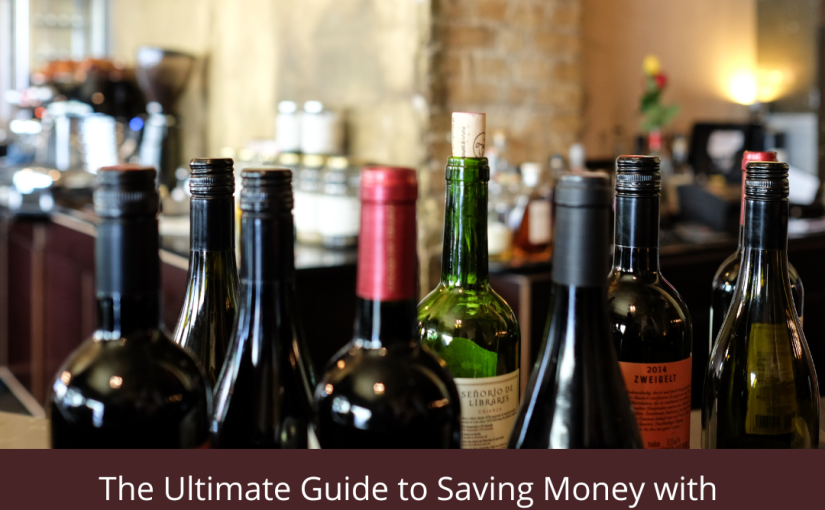When it comes to enjoying your favorite bottle of wine at a restaurant, corkage fees can be a wine lover’s best friend. Corkage fees are charges imposed by restaurants for opening and serving bottles of wine brought in by patrons. While some may see corkage fees as an additional expense, savvy wine enthusiasts recognize them as an opportunity to save money while still relishing their preferred wines. In this ultimate guide to saving money with corkage fees, we’ll explore strategies and tips to maximize your savings through corkage fees.
Research and Plan Ahead on the CorkageFee App
To make the most of corkage fees, it’s essential to do your research in advance. Look for restaurants that offer corkage and check their specific policies and fees. With over 10,000 CorkageFees mapped, you are likely to find what you are looking for on the free CorkageFee app! If not, many establishments display this information on their websites, but if not, a quick phone call can provide the necessary details. Be sure to note it on the CorkageFee app for the next time and to share the information with our wine community. By planning ahead, you’ll have a list of corkage-friendly restaurants that align with your preferences and budget.
Evaluate the Corkage Fee
Corkage fees can vary widely from one restaurant to another from no corkage fee to $150! Some may charge a flat fee per bottle, while others may have a tiered pricing structure based on factors like the size or value of the bottle. Evaluate the fees and compare them to the potential cost of purchasing wine from the restaurant’s wine list. Remember, the goal is to save money, so choose restaurants with reasonable corkage fees that offer significant savings compared to their wine list prices.
Choose Wines Wisely
When selecting wines to bring, consider the overall value and cost-effectiveness. Look for bottles that you genuinely enjoy but are also reasonably priced at retail stores. This way, you can strike a balance between cost savings and savoring your preferred wine. It’s also worth noting that some restaurants may have restrictions on bringing wines already present on their wine list, so opt for unique or rare bottles that enhance the dining experience.
Share the Experience with the Wine Community
Corkage fees are an excellent opportunity to share your passion for wine with others. Always remember to add or update the corkage fee in the free corkage fee app when you go to a new restaurant! Coordinate with friends or fellow wine enthusiasts to plan group outings to corkage-friendly restaurants. By pooling resources and sharing the corkage fee, you can enjoy a wider variety of wines while splitting the cost, making the experience even more enjoyable and affordable.
Enhance the Wine Experience
To fully enjoy the benefits of corkage fees, consider enhancing your dining experience. Pair your favorite wine with the restaurant’s cuisine to create memorable and harmonious flavor combinations. Seek recommendations from the sommelier or server to ensure your wine choice compliments the meal. By indulging in the complete dining experience, you’ll elevate your enjoyment beyond the cost savings alone.
Spread the Word
Just as you benefit from researching corkage-friendly restaurants, sharing your experiences can help fellow wine lovers discover new places to save money. Consider adding the corkage fee to the Corkage Fee app, leaving reviews or contributing to online forums and wine communities, highlighting restaurants with favorable corkage policies and exceptional dining experiences. Sharing information and knowledge helps build a vibrant community of wine enthusiasts who can all enjoy the benefits of corkage fees.
Guide to Saving Money with Corkage Fees
Corkage fees offer an incredible opportunity for wine enthusiasts to save money while enjoying their favorite bottles of wine at restaurants. By conducting research, evaluating fees, choosing wines wisely, and enhancing the overall dining experience, you can maximize your savings and indulge in the pleasure of pairing wine with a delicious meal. So, embrace the world of corkage fees, explore new restaurants, and toast to the art of enjoying wine while keeping your wallet happy. Cheers to saving money with corkage fees! Download the free CorkageFee app today!


